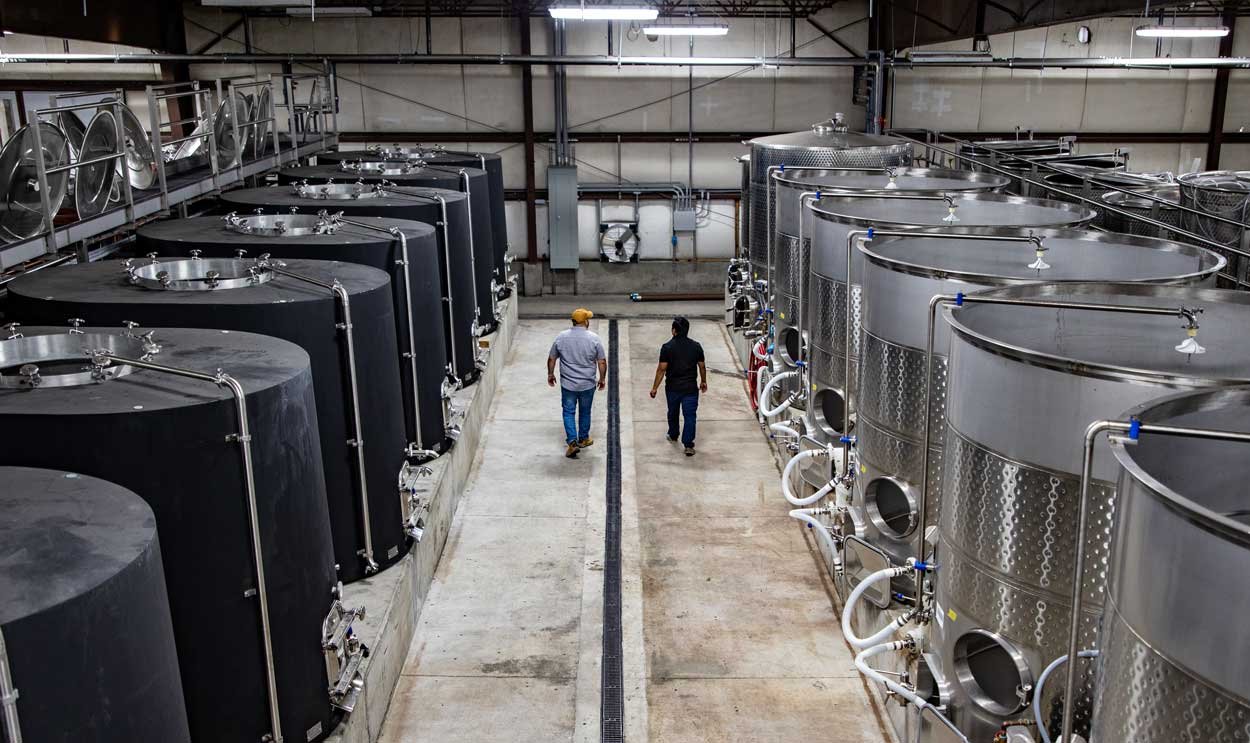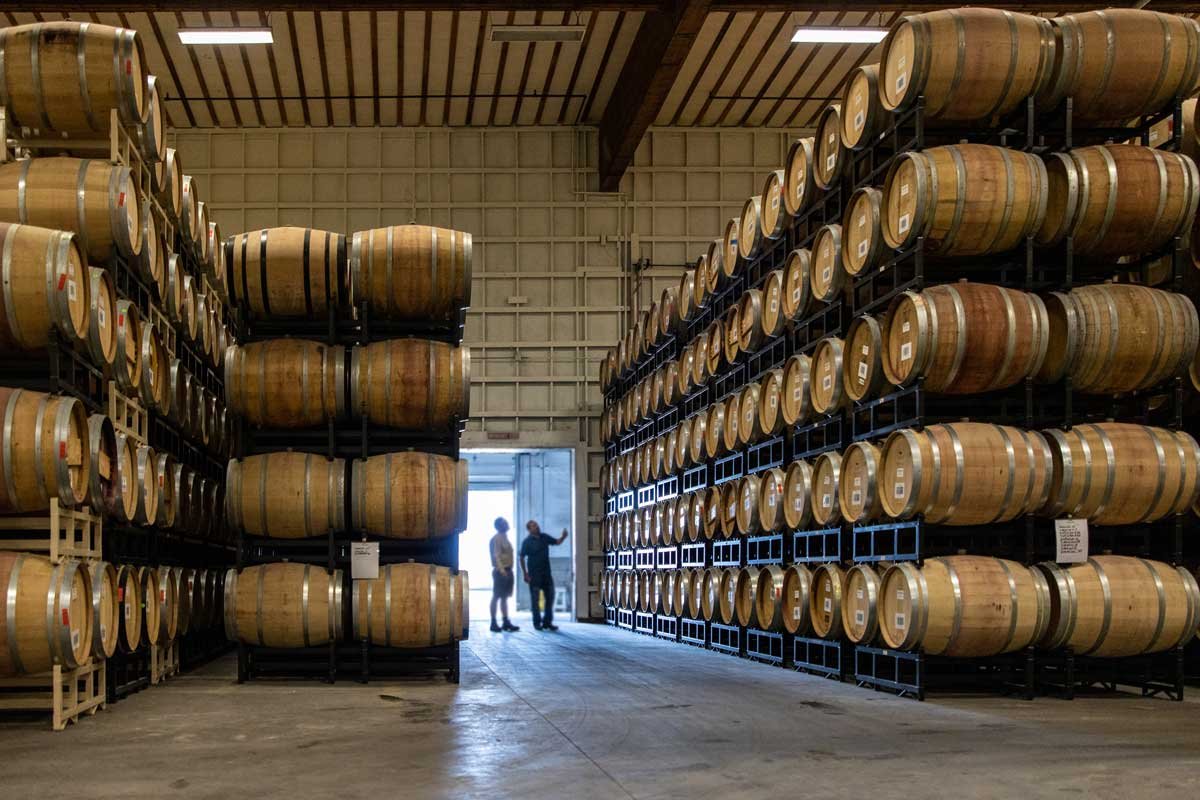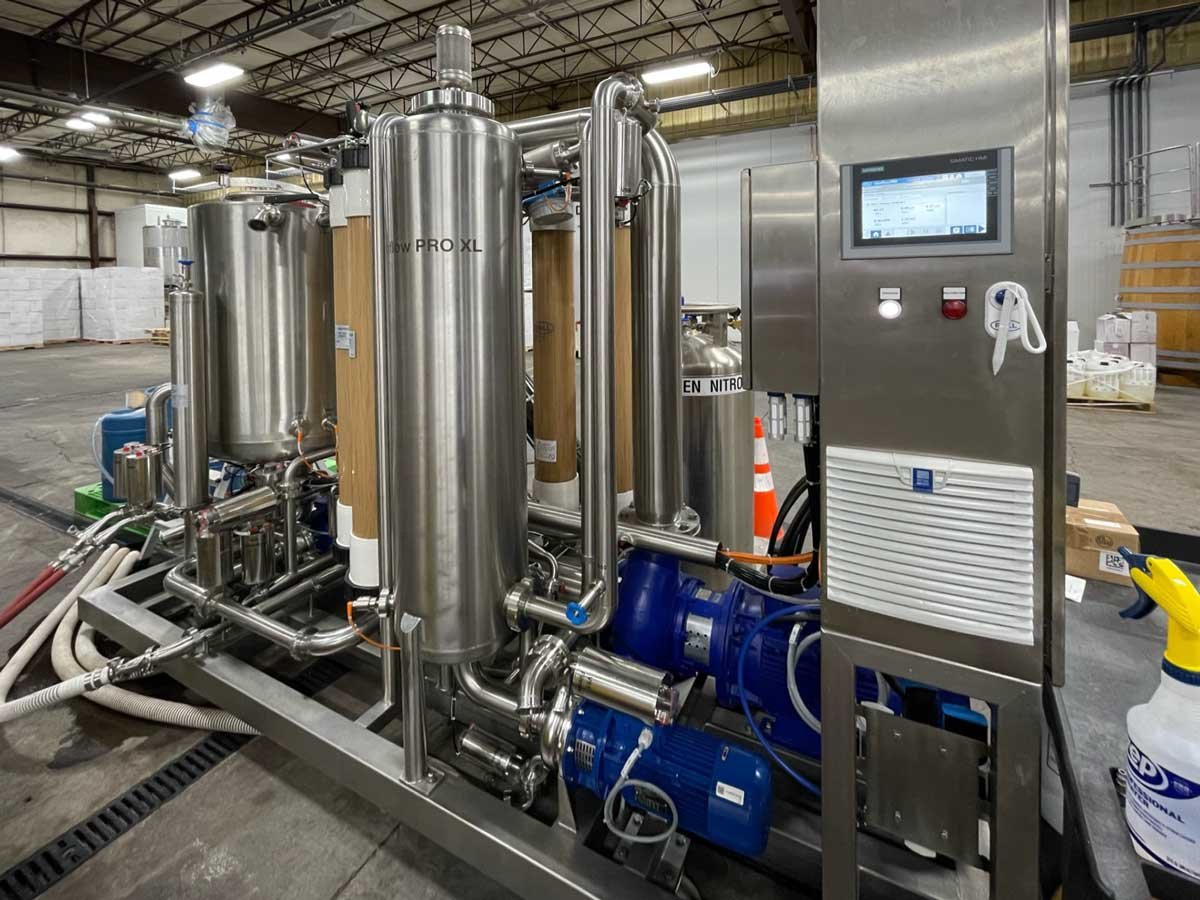

Vineyards
We have long-term contracts with vineyards across the Columbia Valley, Walla Walla Valley, and Rocks District AVAs. This ensures we have high-quality fruit at our disposal—and flexibility to manage vineyards in accordance with clients’ needs.
-
Walla Walla Valley
This is a premier Bordeaux-producing vineyard. Planted high in the foothills of the Blue Mountains in the south end of the Walla Walla Valley, the sandy loam soil, together with hot days and cool fall nights, is superlative terroir for producing premier red grapes. All traditional Bordeaux varietals are grown here, in wide spaced rows that are trained to a single cordon, spur-pruned, vertical shoot position.
-
Walla Walla Valley
This traditional site yields grapes that produce unmatched wines. At the crux where valley floor meets the gentle rolling hills of the Palouse in the Southeastern corner of Walla Walla Valley, shallow silt loam soils and low elevation produce fruit-forward, complex Bordeaux varietals.
-
Walla Walla Valley
Dugger Creek is located due west of Cougar Crest Vineyard. A blend of foothills silt loam and valley floor cobblestone provides a fertile growing location for Bordeaux varietals that are found in the foothills of the Walla Walla Valley, as well as Rhone varietals more often associated with the Rocks District AVA.
Dugger Creek pushes the boundaries of experimentation, with small plantings of Nebbiolo, Sangiovese, Barbera, and Grenache.
-
The Rocks District of Milton-Freewater
This vineyard lies in the heart of its AVA, enjoying well-drained alluvial stone soils over deep springs of ancient water, with hot days and cool nights.
-
Columbia Valley
Reyna Vineyard perches on a south-facing slope several hundred feet above the Columbia River. Its site enjoys prime hot-cold cycles due to excellent air drainage, as well as well-drained soils in its mix of rich loam over ice-age-flood-deposited loose sand loesses.

Crush
Hand / Machine Harvest
Equipped with a hopper to receive either hand-harvested (macro bin) or machine-harvested fruit (up to 8-ton gondola), fruit can also be hand-selected using a shaker table.
Destemming / Sorting
Destemming is done by an Armbruster Rotovib equipped with roller sorters that separate the MOG from the fruit, capable of processing up to 25 tons per hour.
Fruit Transfer
Fruit can be transferred to the fermentation tank by a positive displacement pump or dropped directly into the fermenter bin for 100% whole-berry fermentation. The fruit pipeline is a tube-in-tube system that can either heat or cool down the fruit as it travels through it. The pipeline extends to all tank pads in the winery.
Fermentation
Tank Options
We have a variety tanks of various shapes, sizes, and materials that allows us to customize wines to the client's needs.
Stainless steel tanks—straight-walled or conical, open- or closed-top, ranging from 3 to 20 tons.
Concrete
Semi-conical tanks handle 6-7.5 tonsConcrete eggs and Dolia (inverted egg) in 17hL and 13hL sizes.
Oak fermentation tanks handle 5-6.5 tons of fruit.
Customized Control
All tanks are equipped with:
Heating & cooling jackets
Automated pump-over
Micro-oxygenation capabilities
Lotus pump-over irrigators (handled by computer-controlled air pumps with the ability to set up schedules—up to 8 times per day).
Oxygen Management
The facility is equipped with a Pulsair unit to assist cap management and manual punch-down capabilities on open-top fermenters.
Micro- and macro-ox can be used during all stages of winemaking and aging.


Filtering
Equipped with a Velo Crossflow for our small projects, as well as a Pall Oenoflow (6 columns) for our bigger projects, we can handle all filtration needs.
We are also equipped with a sweetspotter to help with tricky years where smoke taint, high alcohol, and VA reduction are required.
Bottling
With our counter-pressure bottling machine, we can take on small projects—including force-carbonated wines—with the capability to use cork or screw cap, laser batch coding, and labeling. For bigger projects, we count on Signature Mobile Bottlers.














